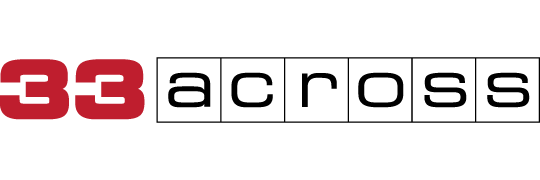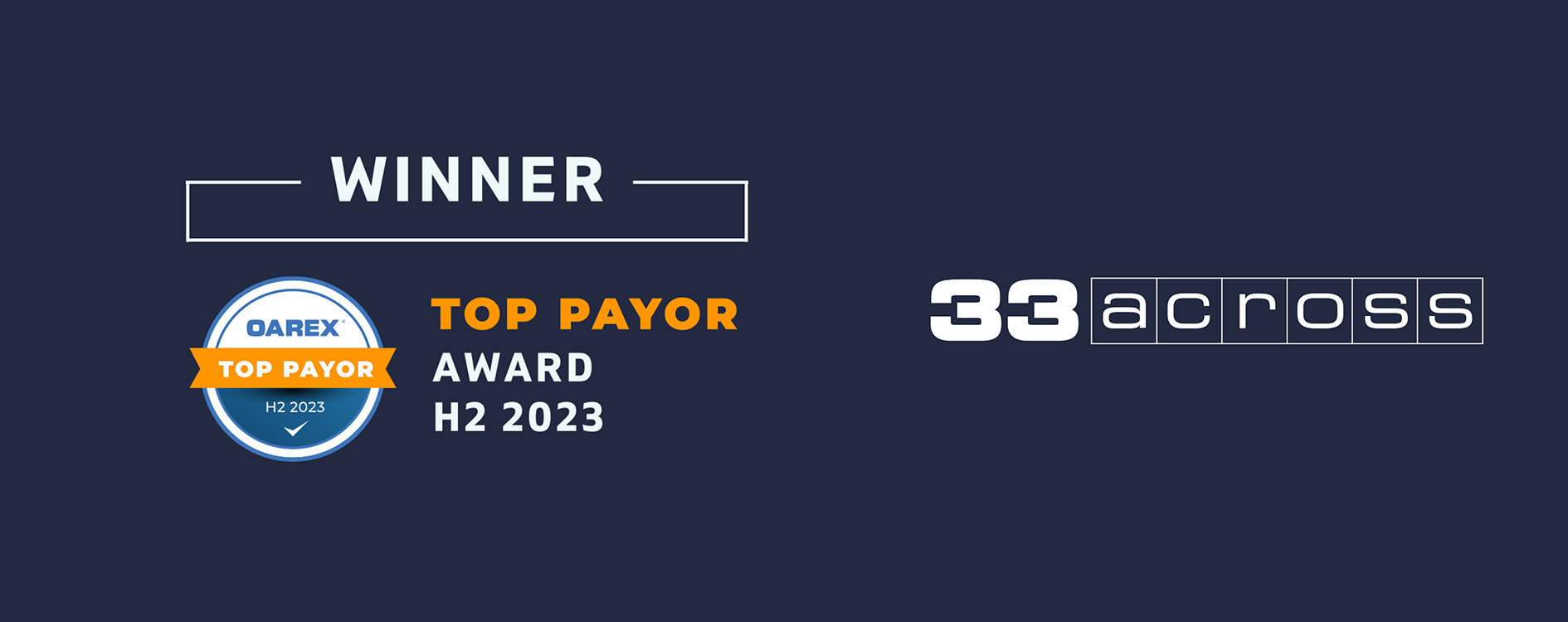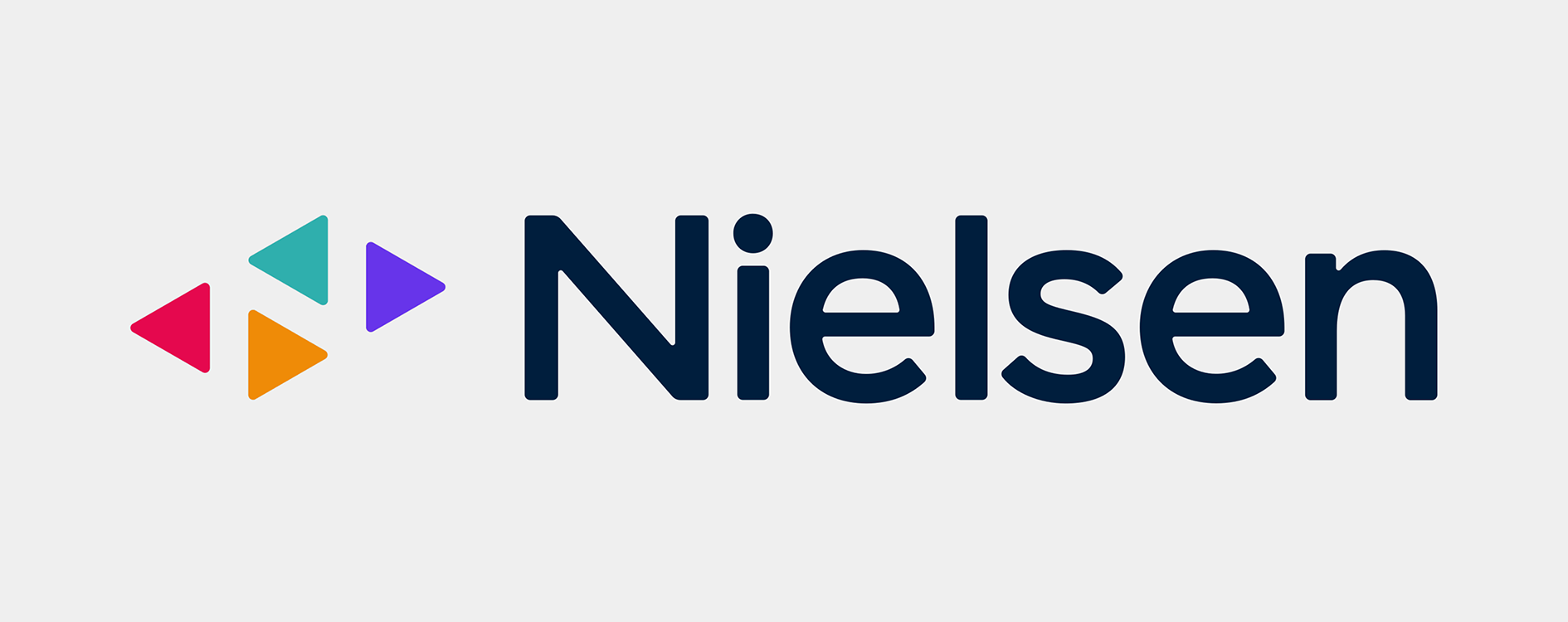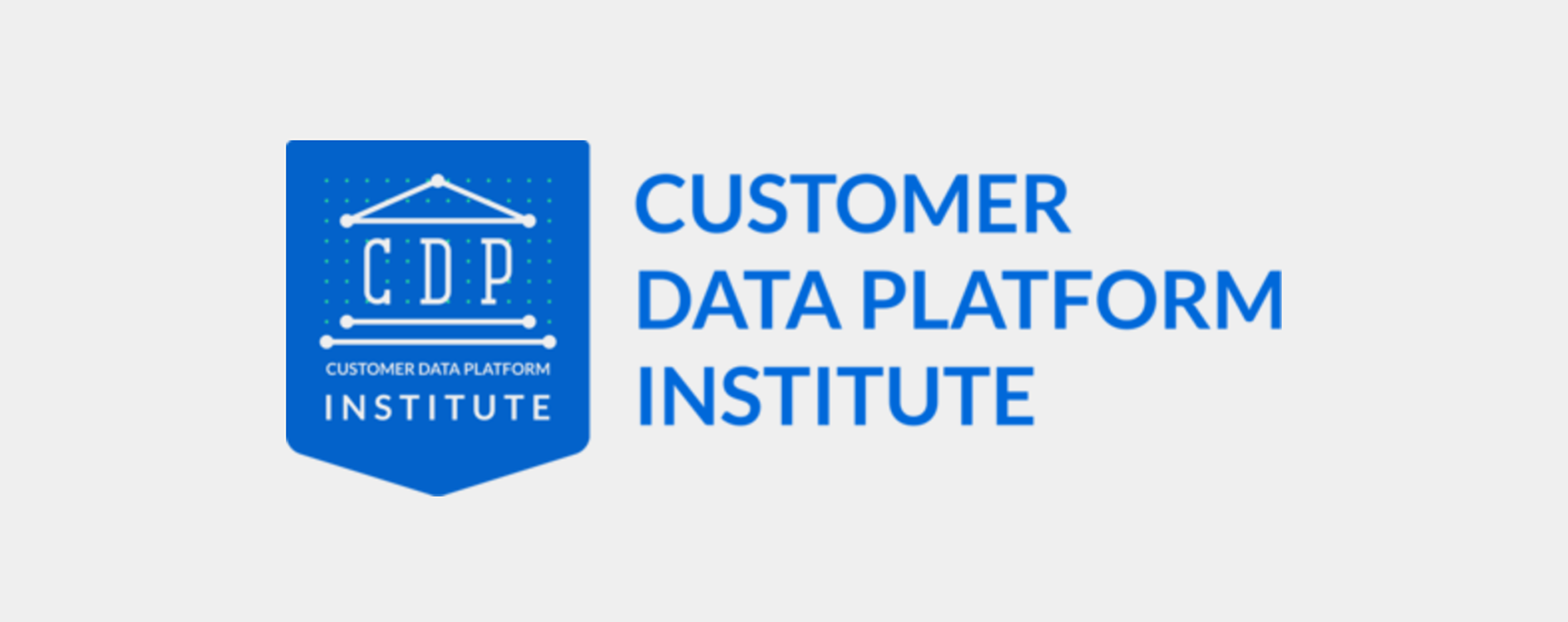Advertisers Still Heavily Rely on Third-Party Cookies for Programmatic; Publishers Increased Their QoQ Cookieless Revenue Across Most Categories in Q4

NEW YORK — March 5, 2024 — 33Across, an addressable infrastructure designed for the open web, today announced findings from its latest “Q4 Programmatic Cookie Alternative Trends Report.” In creating this new report, 33Across examined programmatic transactions on its exchange to understand cookie alternative and third-party cookie trends among buyers and sellers in Q4 2023.
Current Trends in Third-Party Cookie Deprecation
2023 was quite a turbulent year for digital advertising as the industry experienced economic weakness, layoffs, and confirmation of Google’s third-party cookie deprecation timeline. However, during the second half of the year, positive economic indicators like stable interest rates, increased consumer spending, and continued job growth curbed the fear of a US recession.
Google’s Privacy Sandbox has recently come under scrutiny in a report by the IAB Tech Lab, revealing gaps in the process of purchasing, selling, delivering, and measuring digital ads following the decline of third-party cookies. While Google’s Privacy Sandbox aims to address some of these gaps, the IAB Tech Lab has highlighted additional areas needing attention. Google, however, has disputed the report, claiming it contains “many inaccuracies” and overlooks the broader objective of the Privacy Sandbox: enhancing user privacy while maintaining effective digital advertising.
33Across Exchange Insights
In contrast to the restraint we saw from marketers during the fourth quarter of 2022, the 33Across Exchange had considerable growth in Q4 2023. On average, advertisers grew their cookie alternative investment quarter-over-quarter (QOQ) by 13% in Q4, increasing their cookie alternative share of voice (SOV) by an average of 9%. Since Google announced it would begin removing third-party cookies on 1% of Chrome users, programmatic buyers have pushed to test alternative identifiers and solutions. However, advertisers still continue to focus most of their programmatic advertising buys on the third-party cookie due to ease of use.
Retail advertisers, in particular, have made significant strides in cookieless investments during the second half of 2023, allowing them to test new methodologies and reach audiences outside of third-party cookies (Safari, Microsoft Edge, Firefox, and non-cookied Chrome) at efficient CPMs. Retail advertisers more than doubled their cookie alternative SOV year-over-year (YOY) in the fourth quarter of 2023.
Key Takeaways
- Cookie Alternative SOV Grew by More Than Double YOY for Retail Advertisers: In Q4 2023 Retail advertisers invested 26% of their programmatic budgets in cookie alternative inventory, up 117% YOY
- Advertisers Still Rely on Third-Party Cookies for Programmatic: Advertisers had a 9% average QOQ increase in cookieless SOV in Q4; however, they continue to rely heavily on third-party cookies
- Cookieless SOV Increase for Travel Advertisers Correlates to Revenue Growth for Publishers: Travel advertisers grew their cookieless SOV by 8% from Q3 with heavy investment from booking sites and a leading vacation rental company, leading to a 10% revenue increase for Travel publishers
- Publishers Increased Their QoQ Cookieless Revenue Across Most Categories in Q4: Seasonal events like holiday shopping, sporting events, and entertainment increased cookieless revenue by an average of 17% from Q3
Report Methodology
33Across analyzed programmatic transactions on its exchange to gain insight into cookie alternatives versus third-party cookie trends for buyers and sellers during the fourth quarter of 2023. Exploring which verticals spent the most on programmatic inventory, the investment breakdown between cookied and cookie alternative inventory or share of voice, and the pricing difference between cookied and cookie alternative impressions. 33Across highlights a demand perspective on the performance of 10 advertising verticals including Auto, Entertainment, Finance, Food & Drink, Insurance, Pharma/OTC, Retail, Tech, Telecom, and Travel.
33Across reviews the following supply-side content categories to see which programmatic advertisers monetized the most inventory and the distribution of programmatic revenue by third-party cookied and cookie alternative traffic. The report specifically reviewed Cooking, Education, Entertainment, Games, Health & Wellness, Lifestyle, News, Sports, Tech, and Travel, using the fourth quarter of 2023 advertiser and supply data points listed below:
- Over 250 brands across 20 industries
- Over 1B monthly paid impressions
- Over 200 publishers across 10 content categories
- Over 3B monthly paid impressions
- Utilized log-level data across billions of daily data points from bids to won impressions
- Monthly aggregation of the same publisher sites and advertiser data in order to consistently record month-over-month performance trends
“With the anticipated and much-heralded end of third-party cookies, the industry is heavily investing in alternative identifiers to enhance and fill the void left by cookies. It’s exciting to witness significant quarterly leaps in cookie alternatives, especially in the Retail and Finance categories,” said Eric Wheeler, CEO of 33Across.
To download the full report, visit https://go.33across.com/advertising-report-q4-2023.
See the official release here.
About 33Across
33Across makes the programmatic advertising ecosystem work without cookies, across supply-side platforms, demand-side platforms, publishers, data companies, agencies, and everything in between. Leading global advertisers, platforms, and publishers rely on 33Across to move past cookies and reach consumers in a simple, fair, and transparent manner.
For more information visit www.33across.com, or follow us on LinkedIn, and X (Twitter).
Media Contacts
33Across
[email protected]
Jmac PR for 33Across
Gabriela Rudolph
[email protected]








